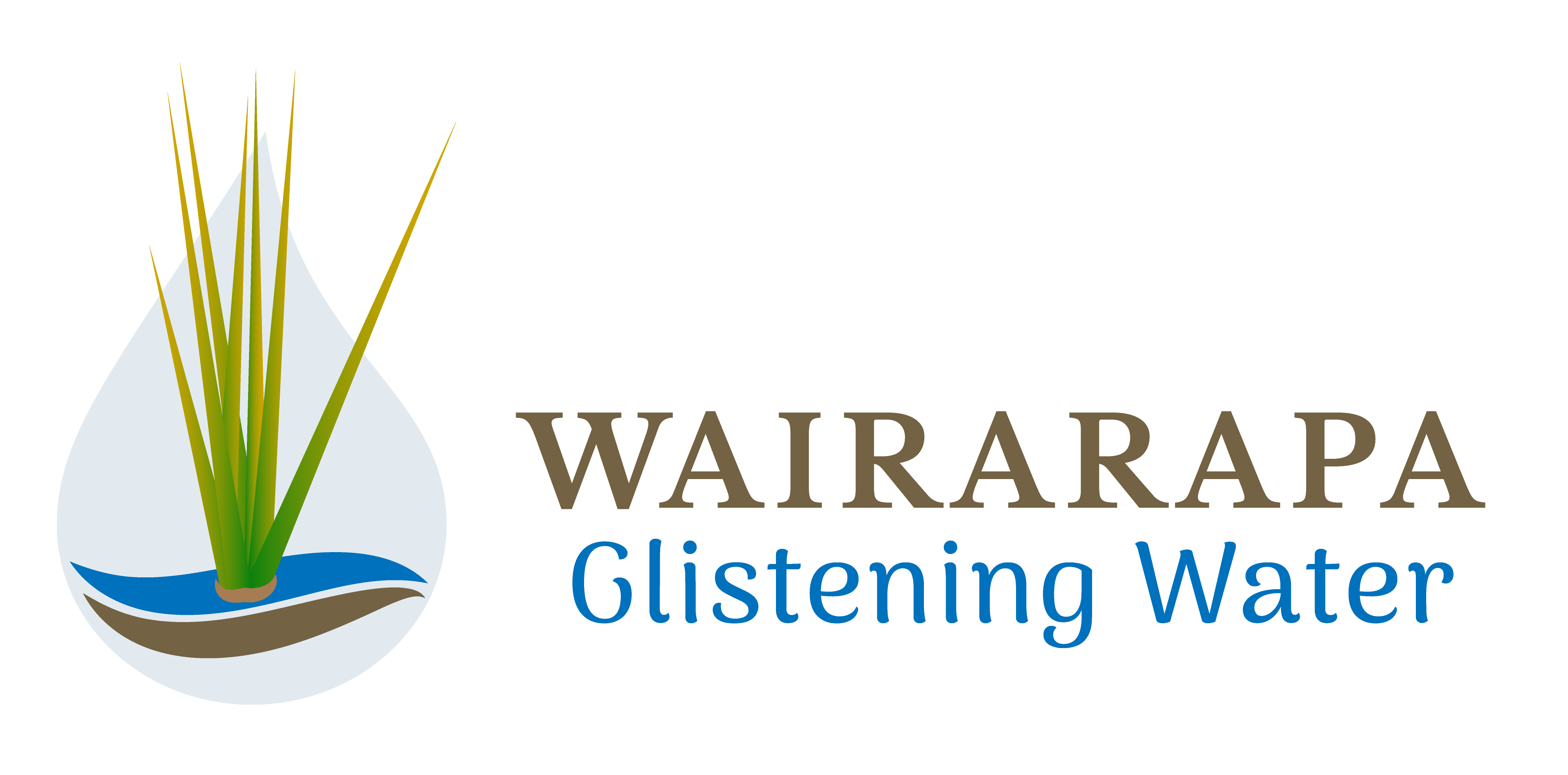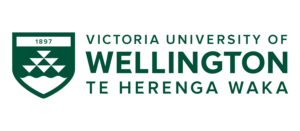Changing Extent of Wetlands
Pre-human vs Current WetlandsPre-human vs
Current Wetlands
Historic Maps
Whakarongo ki te Repo
Feeling the Life Rhythm of Wetlands
Pre-human vs Current Wetlands
Repo (wetlands) are areas where water covers the soil, and they create an important environment for plants and animals. These repo can form where water comes up from the ground, or where streams and lakes bring in a steady flow of water. Imagine a place where land and water meet, with long-legged manu (birds) wading in the shallows, and tuna (eels) gliding along the mud at the bottom. Around the water’s edge, harakeke (flax) leaves quiver in the wind, and native grasses send their seeds sailing. You’re imagining a thriving repo.
The map on this page shows the current extent or coverage of repo in the Wairarapa and the estimated historical extent before human settlement based on modelling information about the soil to guess where wetland plants likely grew, and where the water-covered patches were located previously.
Click and drag the swipe controller on the map (left and right) to compare pre-human (left) and present day (right) maps of Wairarapa Moana.
The current wetlands map shows all the types of wetlands in the Wairarapa in 2008, which have been identified by a computer technology called GIS (Geographic Information Systems). There are seven types of wetlands on these maps, and the smaller ones (less than 0.5 hectares) have not been included. All of these wetlands are important for the Wairarapa region.
In pre-human times, wetlands were spread all over the country and offered a great place for New Zealand’s precious plants and animals. Today, it’s a different story; only around 10% of this area of wetlands still exists. Wetlands are an important landscape and deliver a range of ‘ecosystem services’ – these are the benefits for the environment and community of plants and animals living there, including humans. It is important to protect wetlands, and a useful way to see how they are changing is by making maps.
Wetlands support many plants and animals. For instance, the grasses along the edges of a wetland clean the water and provide shelter for all kinds of living things. When a wetland is healthy, this benefits not only the environment, but also people. Some of the services these ecosystems offer include protecting against extreme natural events, such as floods, and protecting the soil from erosion too. They are a source of food, a sink of carbon, and a habitat for birds and fish that migrate across large distances. For Māori, wetlands are a special space with taonga (sacred) plants and animals, as well as resources to harvest. Yet, wetlands are fragile, and some human activities can be harmful.
When humans arrived in New Zealand, this caused a lot of change to the wetlands. The size of wetlands decreased greatly as people dried out the land to use it for farms and cities. This brings negative impacts for the environment, such as harmful chemicals and pests. In Wairarapa Moana, people have been affecting the landscape for 800 years. The resources and services that the wetlands in Wairarapa once offered are not as common anymore.
There are activities we can do to carefully manage the environment; this is known as conservation. These activities aim to revive wetlands, so they again provide a great place for animals to nest, breed, migrate, and feed. Restoring our wetlands is important for dealing with climate change, too. People can help with conservation by planting native trees and encouraging the numbers of fish like inanga (whitebait) to increase. Technology can also be a useful way to protect wetlands and understand how humans are impacting them.
References
Dymond, J. R., Sabetizade, M., Newsome, P. F., Harmsworth, G. R., & Ausseil, A. G. (2021). Revised extent of wetlands in New Zealand. New Zealand Journal of Ecology, 45(2), 1-8. From: https://www.jstor.org/stable/10.2307/48621882
https://www.gw.govt.nz/parks/wairarapa-moana-wetlands/
https://www.millenniumassessment.org/documents/document.358.aspx.pdf
https://www.sciencedirect.com/science/article/pii/S0925857412004594
https://www.wetlandtrust.org.nz/get-involved/ramsar-wetlands/wairarapa-moana/

